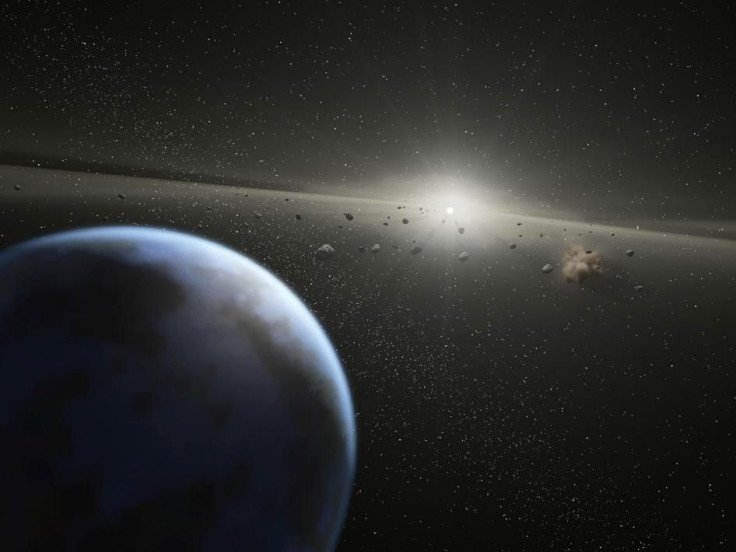NASA Asteroid Tracker: 4 NEOs To Fly Past Earth This Week

KEY POINTS
- NASA detected four asteroids approaching Earth this week
- The biggest asteroid in the group measures 722 feet wide
- All four asteroids follow Earth-crossing natural orbits
NASA’s automated asteroid tracking system has detected four near-Earth objects that will fly past the planet this week. According to the data collected by the agency, all four asteroids follow natural orbits that intersect Earth’s path.
The first asteroid that will enter Earth’s vicinity this week is known as 2020 JK. As noted by NASA’s Center for Near-Earth Object Studies (CNEOS), this asteroid measures about 308 feet wide.
2020 JK is expected to zip past Earth on Thursday (May 14) at 3:26 a.m. EDT at a speed of over 45,000 miles per hour. During its approach, the asteroid will be about 0.03801 astronomical units or roughly 3.5 million miles away from the planet’s center.
Trailing behind 2020 JK is a massive asteroid known as 2020 HS6. With an estimated diameter of 722 feet, 2020 HS6 is the biggest asteroid in the group.
According to CNEOS, this space rock is currently traveling across space towards Earth at an average velocity of almost 53,000 miles per hour. It is expected to approach the planet on May 14 at 7:42 a.m. EDT from a distance of 0.04107 astronomical units or about 3.8 million miles away.
On Friday (May 15), Earth’s neighborhood will be visited by two asteroids. The first one has been identified as 2012 UV136. As noted by CNEOS, this space rock measures about 154 feet wide.
It is currently traveling within the Solar System at a speed of almost 8,000 miles per hour. 2012 UV136 is expected to approach Earth on Friday at 8:56 a.m. EDT. During this time, the asteroid will be about 0.02173 astronomical units or about 2 million miles from the planet.
The last asteroid that will fly past Earth this week is known as 2020 HA9. CNEOS estimated that this asteroid measures about 177 feet wide. It is currently traveling at a speed of over 35,000 miles per hour.
2020 HA9 will fly past Earth on May 15 at 5:46 p.m. EDT. It is expected to approach Earth from a distance of about 0.04664 astronomical units or 4.3 million miles away.
All approaching asteroids have been classified as members of the Apollo family of space rocks. This means that their natural orbits cross Earth’s path as it completes its cycle around the Sun.
© Copyright IBTimes 2025. All rights reserved.





















